Notes on empty space in Chinese painting
One of the striking characteristics of ink painting as it was practiced in China and Japan (Sumi-e) for western spectators is the predominant presence of empty space.
On an artistic level, instead of the overdone, ink painting is looking for the simplicity of the non-finished since ‘when everything is said, there is no more room for the dream’ as the saying goes. The empty is therefore useful to the full: it instantly immerses the spectator in the infinitude of a suggested world, leaving vast space to his own creative imagination.
Empty space is what everything may appear from. It infuses in the painting light and life, links the visible to the invisible, the expressed to the ineffable, the minute to the limitless, the material to the spiritual. It gives to the most insignificant, the most ordinary subject, like the Six Persimmons of Mu Qi (XVIII c.), a universal dimension. And thus, this painting is no more Chinese or Japanese but lively, transcultural and contemporary.
But this excessive emphasis on the void is not a mere stylish accessory or a craftsman skill. It is the reflection of the spiritual attitude of the painter. Thus it is said that the most important momentin the act of painting is the contemplative instants before the first stroke in which the painter holds his brush or churns the ink in the ink stone. According to Wang Yu (XVII° c.):
Mind should be empty and clear, without the slightest trace of dust,
And the landscape will appear from the depth of his soul.
Or in the words of a Japanese master:
Remain in presence, move from emptiness
If this pictorial language is still appealing today, it’s probably because it feeds a fundamental need of human beings to return to the source of his own essential nature, to the nature of his mind, behind the often meaningless wordily agitation. Even if this need is rarely conscious, it is underlying our longing for vast empty spaces, our aspirations to faraway and unknown destinations, our quest for unmarked deserts, high seas or immaculate summits. It is a quest for ‘our original face before the birth of our parents’ as the zen koan puts it.
If this call to awaken from the illusory nature of this world resounds with the artist, he could translate it with the simplicity of a few brushstrokes, the suggestion of high peaks in the mist, the humility of a few plum flowers. Because like empty space, mind has no colour and shape, it has no limits, no coming nor going ; like the blank space of the canvas, it is a limpid mirror that reflect without interferences or judgment the multitude of phenomena.
In that sense, the path of ink and brushes is also a path to spiritual Enlightenment.
Jérôme Edou
Kathmandu, 2024


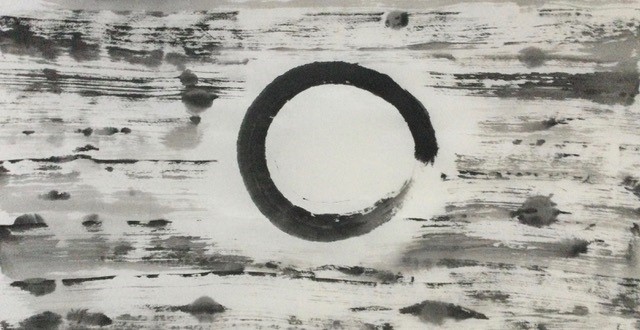
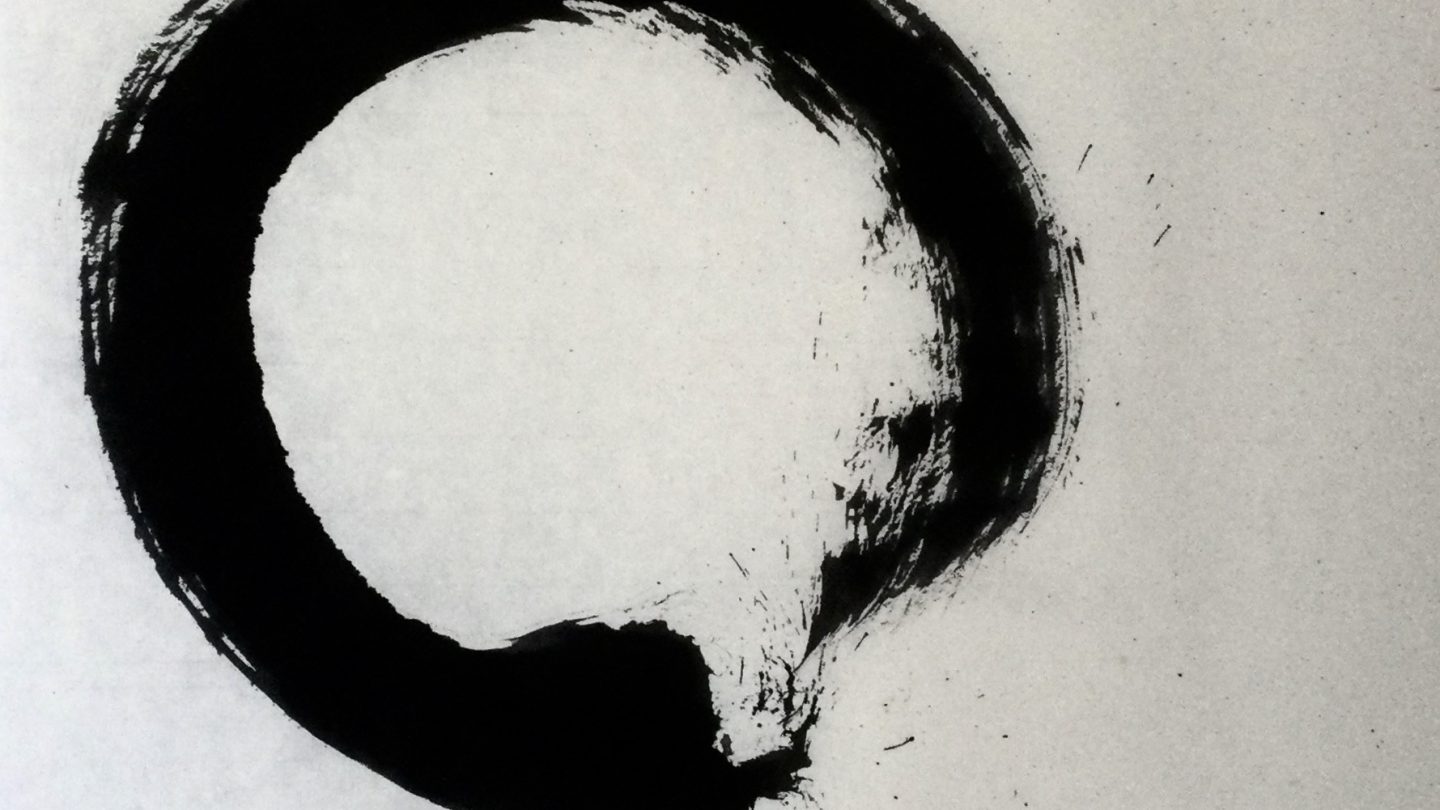
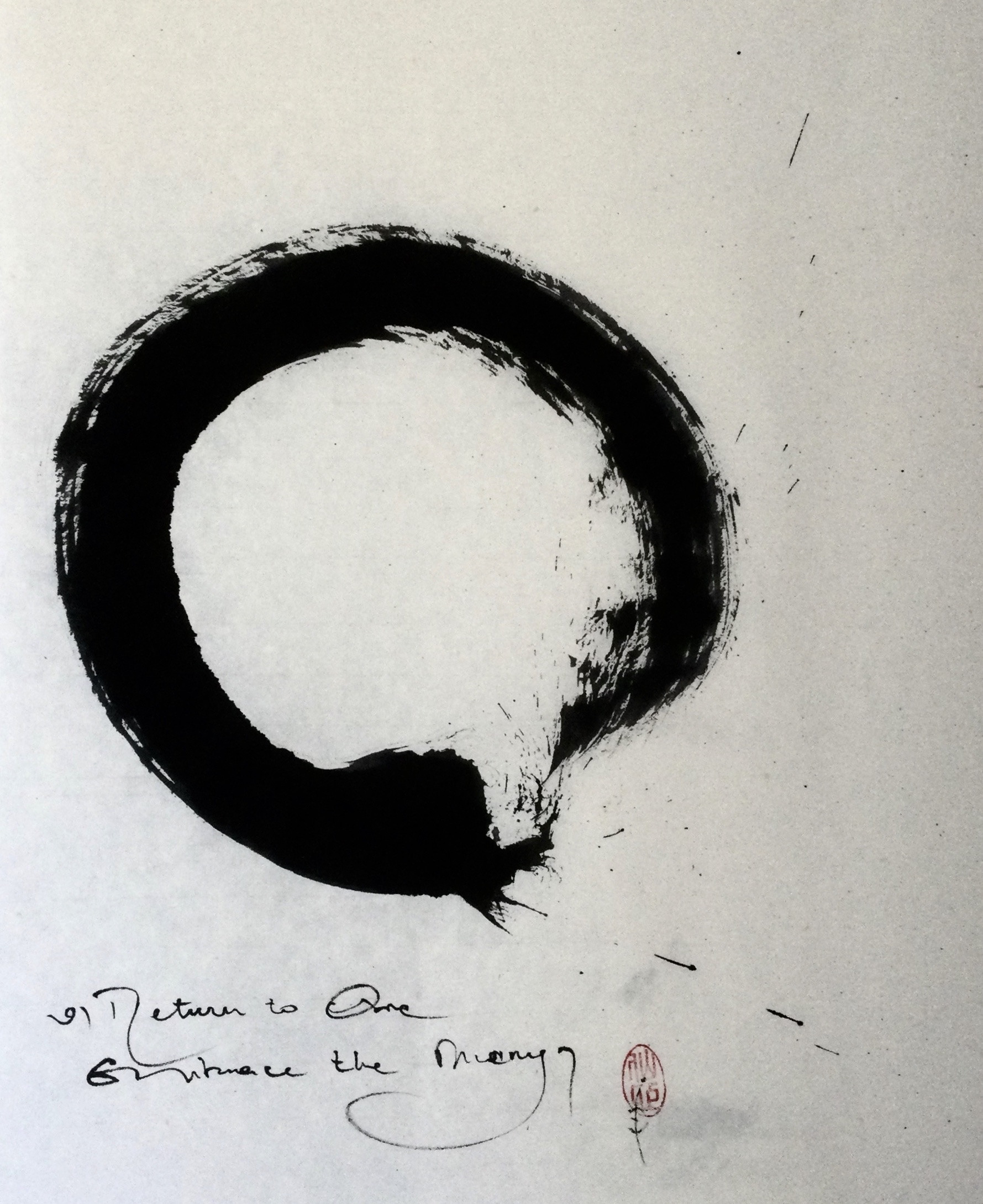

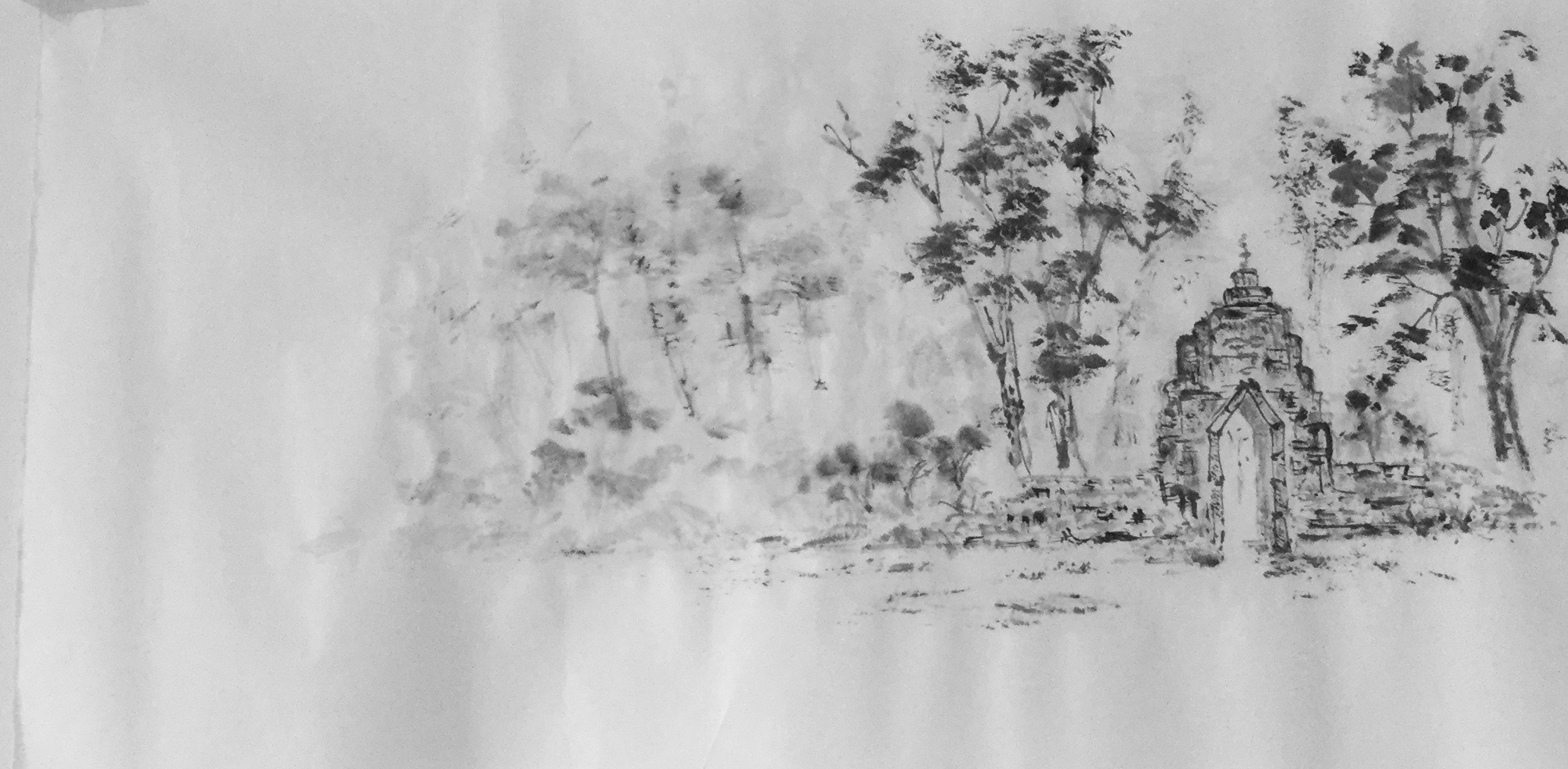
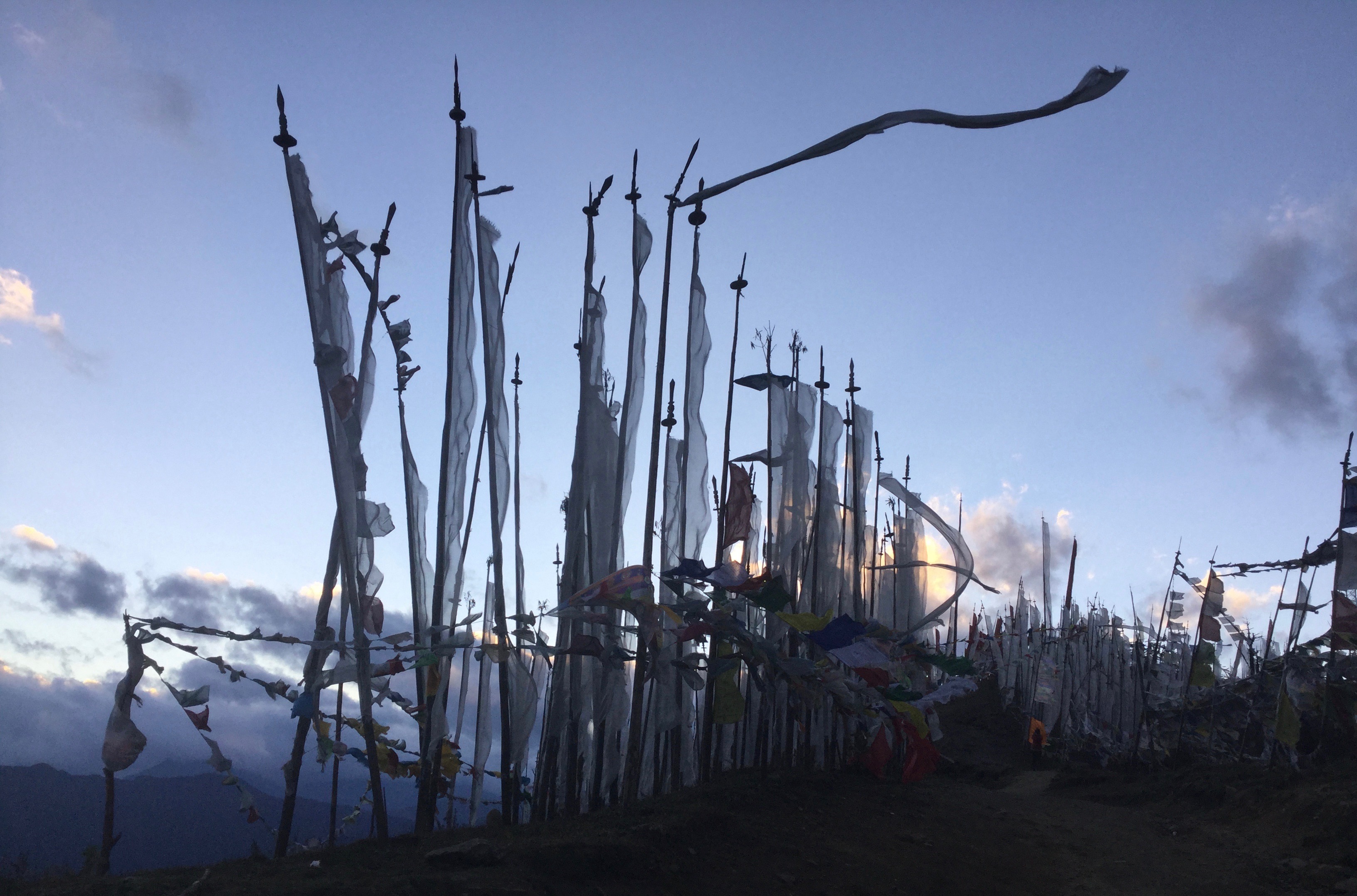
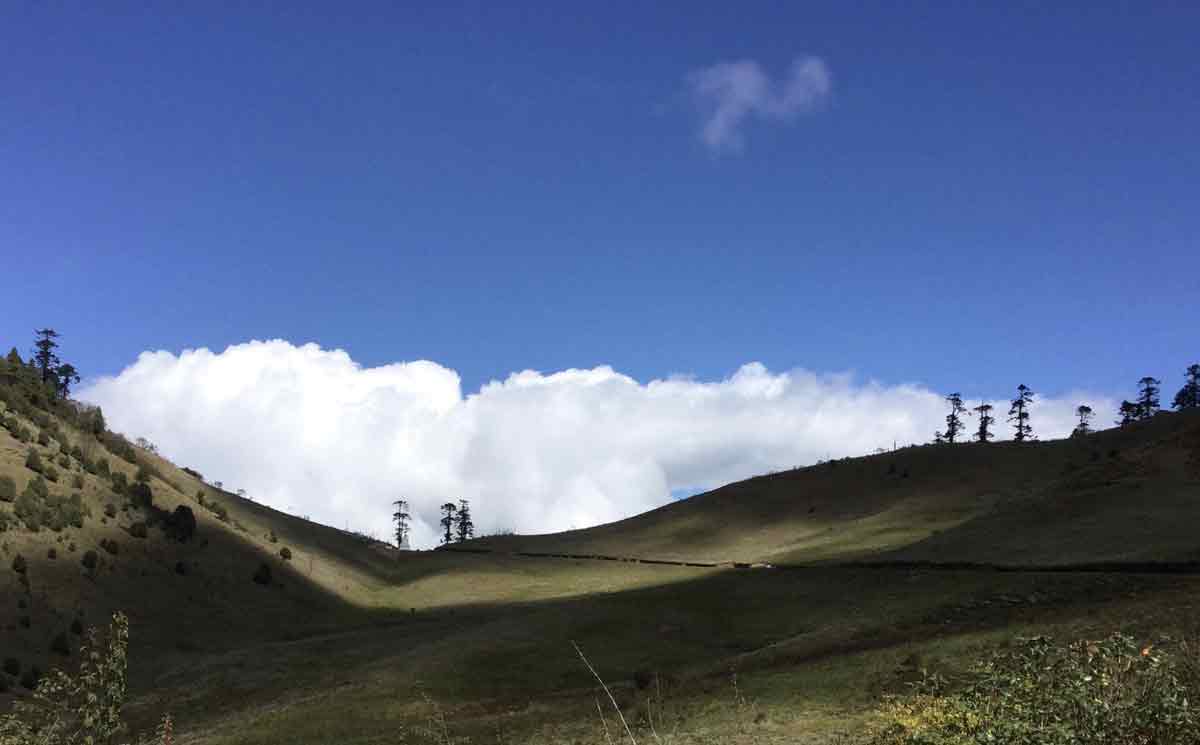
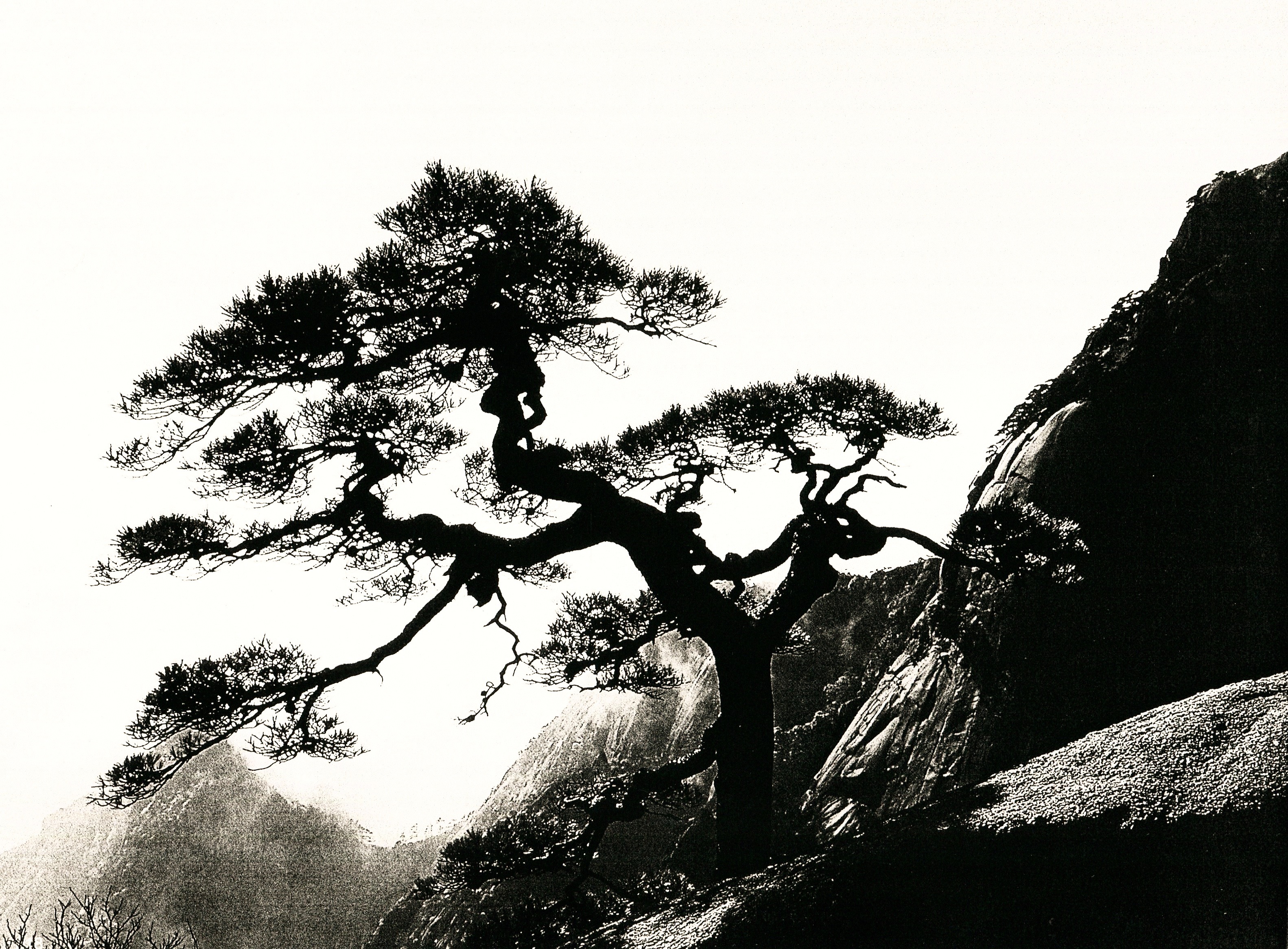
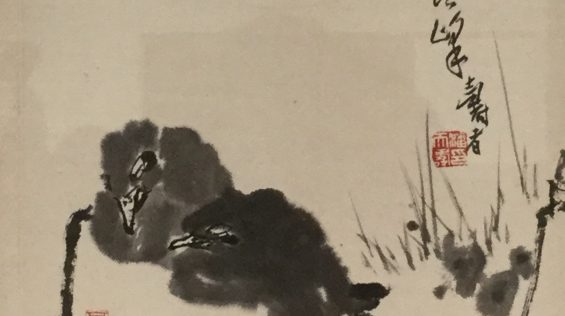
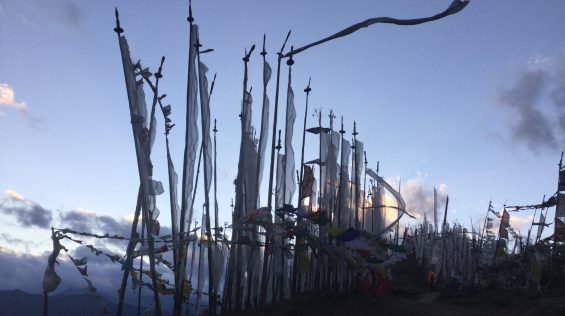
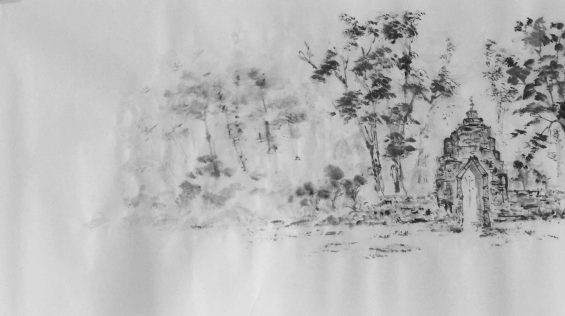
Comments (0)
Leave a reply